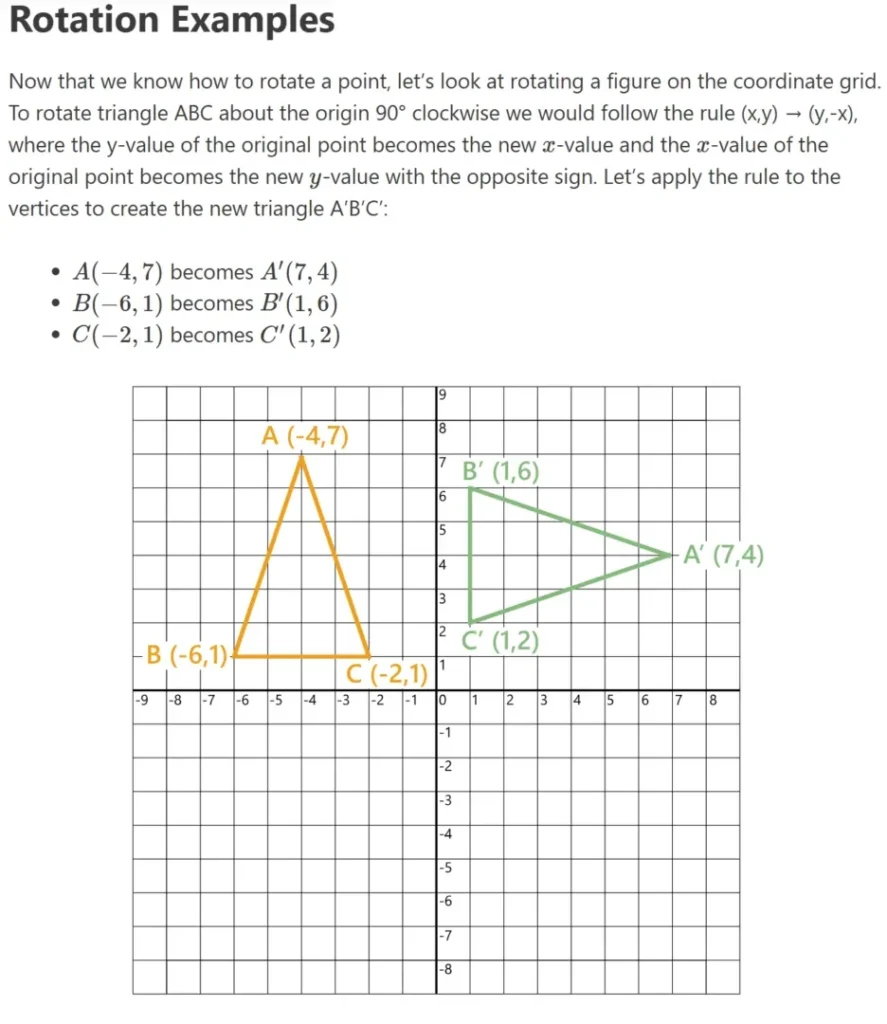Master Rotations Instantly: Find the Perfect Angle!
Rotations are a natural part of the world around us. The earth rotates on its axis, creating the cycle of day and night. Similarly, the wheel on a car or bicycle rotates around its center bolt, completing full 360° turns. Not all rotations are complete circles; some, like those in video games, involve characters or objects rotating less than 360°. In geometry, rotation is a type of transformation where a figure turns about a point called the center of rotation, maintaining its shape and size while changing direction.
A Ferris Wheel is another example of rotation in real life. Its center hub acts as the center of rotation, allowing the wheel to turn smoothly. Rotations can be clockwise or counterclockwise, depending on the direction needed. This simple motion can be observed in many forms, whether in mechanical systems or in nature, highlighting how essential and versatile it is in our everyday experiences.
A useful tool for demonstrating rotations is the coordinate grid. Let’s explore how rotating a point around the origin (0,0) works. By plotting a point on a coordinate grid and rotating the paper 90° or 180° either clockwise or counterclockwise, we can determine the new position of the rotated point.
For example, consider point A at (5,6). Rotating the paper 90° clockwise around the origin moves point A to A′ at (6,−5). Similarly, when point A at (5,6) is rotated 180° counterclockwise around the origin, it becomes A′ at (−5,−6).
Now, let’s analyze these rotations in detail. In the first case, rotating point A(5,6) 90° clockwise results in point A′(6,−5), where the original y-value becomes the new x-value, and the original x-value becomes the new y-value with its sign reversed. In the second case, rotating point A(5,6) 180° counterclockwise results in A′(−5,−6), where both the x- and y-values retain their positions but have opposite signs.
Rotation Rules
- A 90° clockwise rotation transforms (x,y)(x, y) into (y,−x)(y, -x).
- A 90° counterclockwise rotation transforms (x,y)(x, y) into (−y,x)(-y, x).
- A 180° rotation, whether clockwise or counterclockwise,
transforms (x,y)(x, y) into (−x,−y)(-x, -y). - A 270° clockwise rotation transforms (x,y)(x, y) into (−y,x)(-y, x).
- A 270° counterclockwise rotation transforms (x,y)(x, y) into (y,−x)(y, -x).
Rotation Video


